How Vacuum Pressing Enhances Water-Based PVC Decorative Film Application
When it Water-based PVC decorative film is a popular choice for many homeowners and interior designers because of its environmental benefits and adaptability. But how can you make the most of this revolutionary material? Vacuum pressing is a notable technology that has transformed the application of PVC ornamental films into magnificent surfaces for doors, cabinets, and flooring. In this article, we’ll look at how vacuum pressing improves the application of water-based PVC decorative films and why it’s a beneficial tool for both customers and producers.
Understanding Vacuum Pressing and Water-Based PVC Decorative Film.
To fully appreciate the efficiency of vacuum pressing, it is necessary to understand the technique and its interaction with water-based PVC decorative films. Vacuum pressing uses pressure variations to shape and apply ornamental film to diverse surfaces. The vacuum produces an airtight atmosphere, attracting the film to every nook and crevice of the substrate. This offers thorough covering of both complicated patterns and flat surfaces, resulting in a faultless finish.
Water-based PVC decorative film are ideal for this technique since they are both flexible and robust, allowing for optimal adherence while protecting the environment. Compared to traditional methods such as manual pressing or hot glue application, vacuum pressing provides more consistency and efficiency.This consistency is critical for customers that emphasize quality throughout production batches, ensuring that each product meets the highest standards and expectations.
Furthermore, vacuum pressing provides exceptional precision when working with complicated surfaces. Whether you’re working with deep grooves, edges, or intricate shapes, vacuum technology guarantees that every detail is covered perfectly. For manufacturers who want to make high-quality items, this degree of detail is critical. For consumers, it ensures that each piece they purchase reflects the same high degree of craftsmanship, resulting in increased customer satisfaction.
Superior Adhesion: The Key Advantage of Vacuum Pressing
One of the most notable benefits of vacuum pressing when applying water-based PVC decorative film is the improved adherence it gives. Traditional techniques frequently produce air bubbles or uneven patches, whereas vacuum pressing guarantees that the ornamental film adheres securely to the substrate. The vacuum’s suction strength uniformly distributes the film throughout the surface, minimizing defects that might detract from the appearance of the finished product.
This strong adherence leads to greater durability. Whether applied to WPC doors, SPC flooring, or furniture, the decorative film is firmly bonded and resists peeling and wear even with everyday usage.For purchasers concerned about product lifespan and robustness, this means fewer complaints from end users and a more dependable, appealing product in your inventory.
Furthermore, vacuum pressing better incorporates the ornamental film into the substrate than other approaches. This stronger connection improves both the product’s appearance and mechanical strength. In high-traffic areas, such as flooring, improved adhesion helps to avoid wear and tear, ensuring surfaces retain their original appearance for much longer. This durability is critical for business purchasers who value long-term performance in the items they purchase.
Intricate Detailing for Superior Aesthetic Appeal.
Vacuum pressing is about more than simply strong adherence; it is also about aesthetics and detail. Capturing the rich patterns and textures of decorative films is critical to improving a product’s visual attractiveness. The vacuum pressing technique guarantees that every curve, groove, and edge of the surface is properly coated, resulting in a smooth and detailed look that demonstrates the decorative film’s full potential.
Vacuum pressing provides remarkable detail for water-based PVC decorative film that frequently contain wood grain, marble, or metallic finishes. Buyers may be confident that these surfaces appear just like natural materials, making them stand out in high-end applications.In a competitive market where aesthetics may be the difference between a sale and rejection, vacuum pressing gives you an advantage by producing immaculate, sumptuous finishes that appeal to quality-conscious customers.
The ability to capture complex details is particularly important for product uniqueness. Vacuum pressing manufacturers may produce items that look like natural materials but cost less and have a lower environmental effect. For purchasers, this means having access to visually beautiful items that match consumer standards for beauty, quality, and sustainability without paying the high price associated with authentic materials.
Increased efficiency and reduced waste.
Another major advantage of vacuum pressing is that it improves production efficiency. Manufacturers can save time and materials by applying PVC ornamental films with a vacuum. The accuracy of vacuum pressing leads to fewer errors, resulting in cheaper material costs over time. Buyers benefit from a more cost-effective solution as manufacturers streamline their manufacturing processes and pass on savings.
The eco-friendliness of water-based PVC ornamental films is boosted by vacuum pressing’s effectiveness. The procedure employs less adhesive chemicals and uses only the amount of film required, resulting in minimum waste. This combination of waste reduction and smart resource utilization appeals to environmentally conscientious purchasers seeking long-term solutions with financial rewards. As global environmental regulations tighten, these efficiencies become more appealing to stakeholders throughout the supply chain.
Additionally, vacuum pressing reduces the chance of production mistakes, which can result in costly rework or product rejection. This dependability is critical for achieving tight production deadlines and ensuring that each batch satisfies high standards. Buyers can anticipate constant quality from their products, which helps to establish a solid reputation and encourage client loyalty.

Application Versatility and Design Flexibility.
Vacuum pressing is a versatile technique that is perfect for applying water-based PVC decorative films to a variety of surfaces and substrates. Vacuum pressing works effectively with a variety of forms and sizes, including WPC doors, SPC floors, and complicated cabinet panels. This versatility enables producers to easily handle both flat and concave surfaces, allowing them to build various, bespoke goods that address unique market demands.
For purchasers, this adaptability translates into a greater selection of product offers. The same approach may be used to apply ornamental patterns, textures, or finishes to several substrates, resulting in a consistent look throughout project pieces. This adaptability is especially useful in current interior design, where personalization is increasingly in demand. By selecting items treated by vacuum pressing,buyers may cater to customers that value both visual variation and high-quality finishes.
Furthermore, vacuum pressing is compatible with a broad variety of ornamental films, including those that simulate natural materials like wood, stone, and metal. This versatility enables manufacturers to respond swiftly to shifting design trends, introducing new finishes that consumers like. For purchasers, this means staying ahead of market demand without having to change manufacturing processes or suppliers.
Cost-effectiveness without sacrificing quality.
One of the most important factors for consumers of PVC decorative films is balancing cost and quality. Vacuum pressing is a good option in this regard. While the process requires modern gear, its cost-effectiveness is clear when considering the reduction in product faults and the longer lifespan of the completed product. This corresponds to lower returns, fewer complaints, and, eventually, a greater return on investment.
Water-based PVC decorative films can help to save costs. These films are not only less toxic to the environment, but they are also simpler to work with throughout the pressing process, eliminating the need for costly solvents or adhesives. As a result, vacuum pressing becomes a cost-effective approach for maintaining or even improving the quality of the finished product. Buyers may safely promote these items since they provide outstanding value—an important selling factor in today’s competitive market.
Furthermore, vacuum pressing reduces the labor expenses associated with manual application methods. Automation in the pressing process allows producers to create more in less time, using fewer personnel to achieve the same production level. This reduction in labor expenses, along with reduced material waste, results in substantial savings for producers. Buyers benefit from these cost savings, obtaining access to competitively priced items without sacrificing quality or durability.
Conclusion
Vacuum pressing is an effective process for applying water-based PVC decorative films, resulting in greater adhesion, fine detailing, and increased production efficiency. Understanding the benefits of vacuum pressing will help customers comprehend why PVC decorative film products surpass rivals in terms of durability, beauty, and cost-effectiveness.
As consumer attitudes shift toward sustainability and customisation, the combined advantages of water-based PVC decorative films and vacuum pressing make an attractive option for a variety of applications. The combination of precise vacuum pressing and the eco-friendliness of water-based PVC film results in products that are not only physically pleasing, but also durable. Buyers may be certain that when they choose vacuum-pressed items, they are selecting solutions that provide both economic and environmental benefits, matching the needs of today’s discriminating market.
By embracing these modern manufacturing processes, businesses and consumers alike can stay ahead of the competition, offering quality and sustainability without compromise.



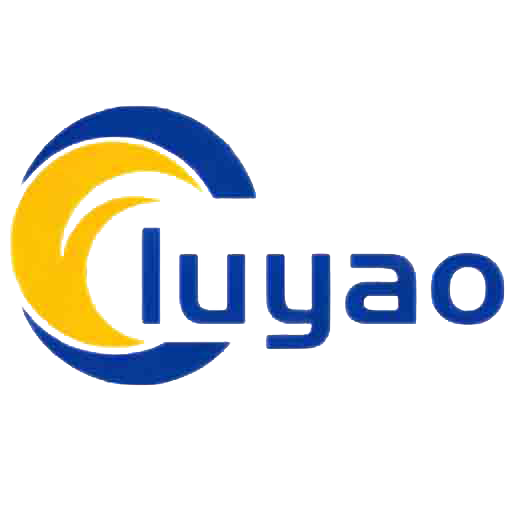


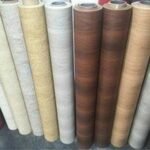
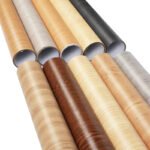
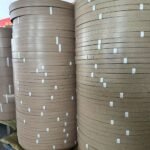
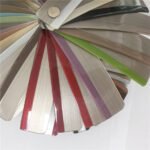
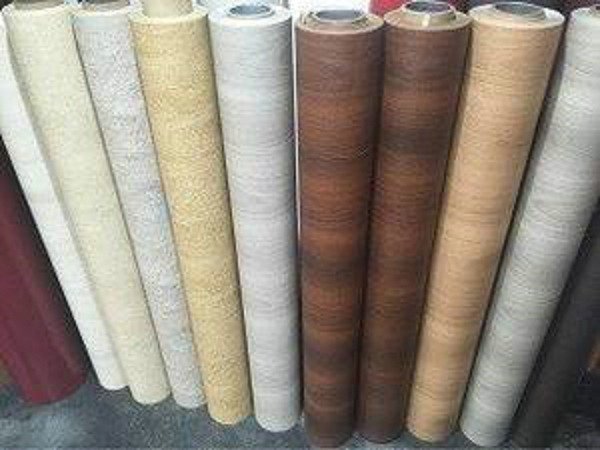

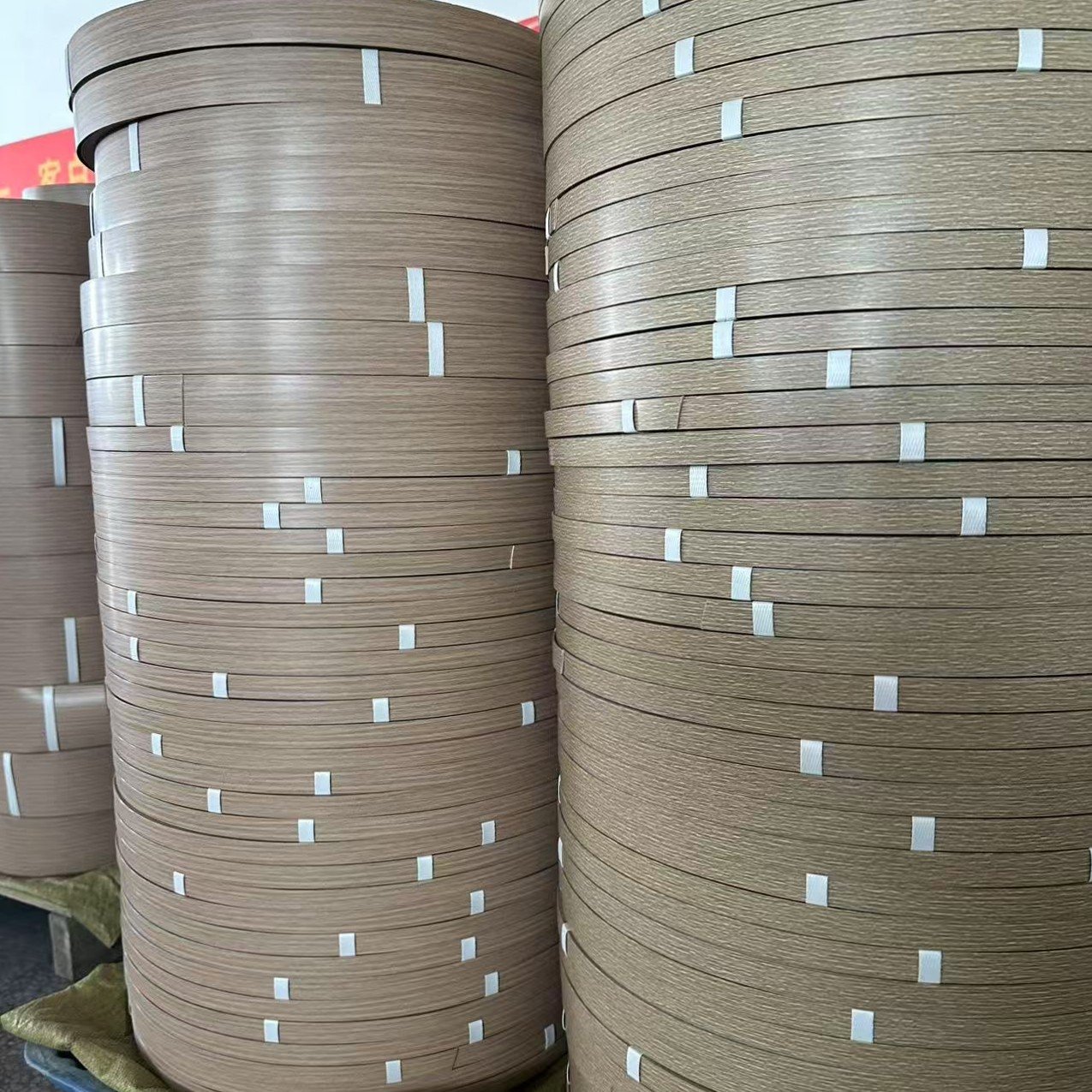

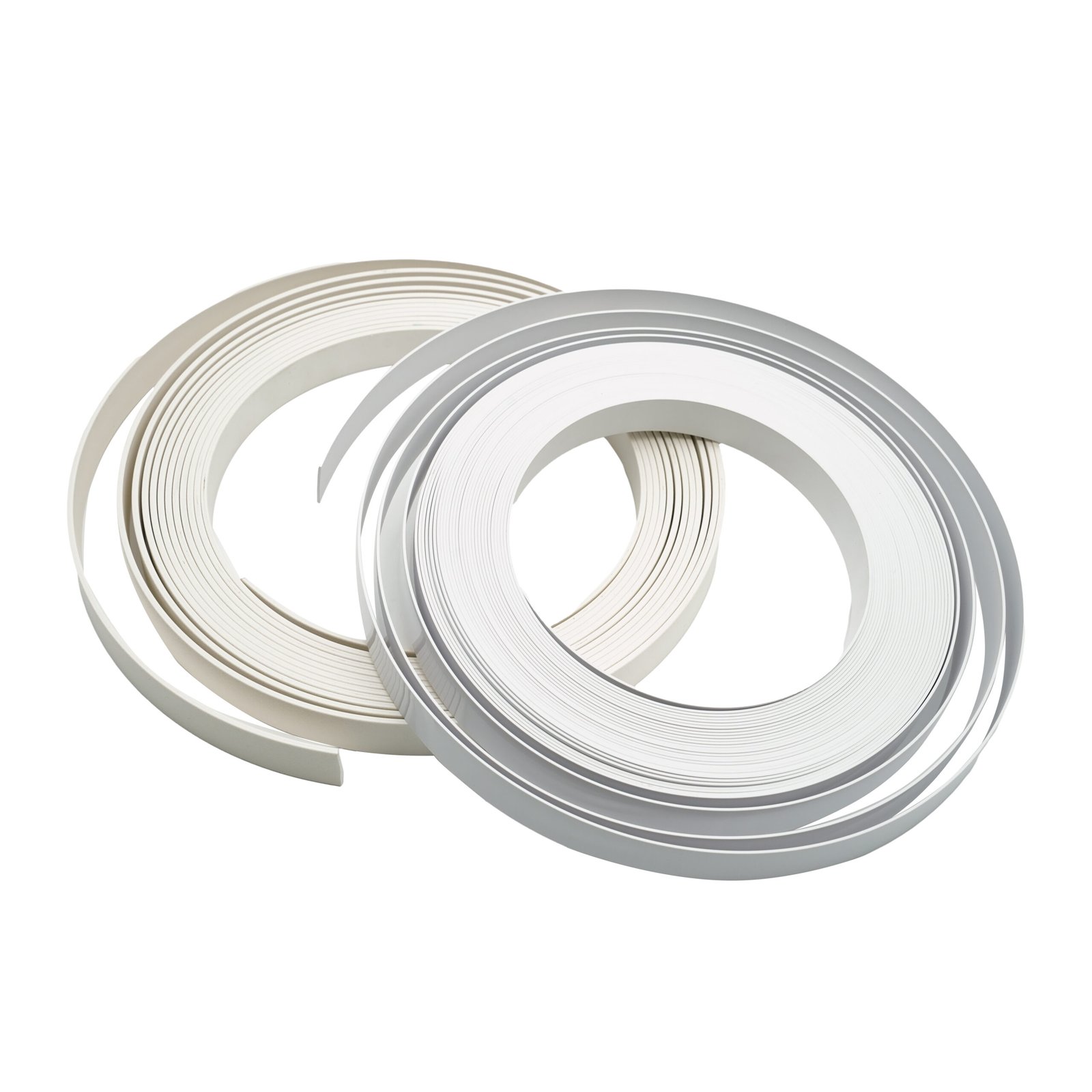




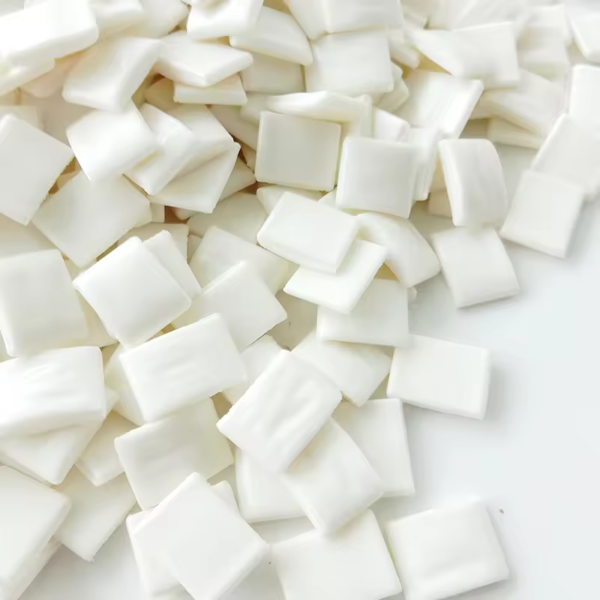

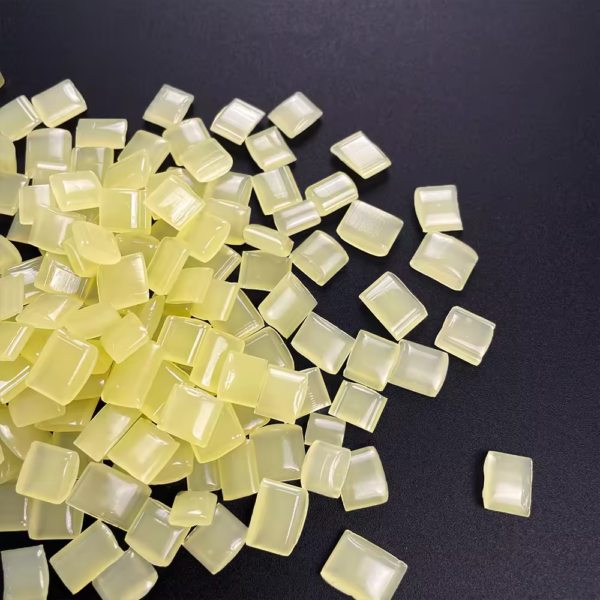

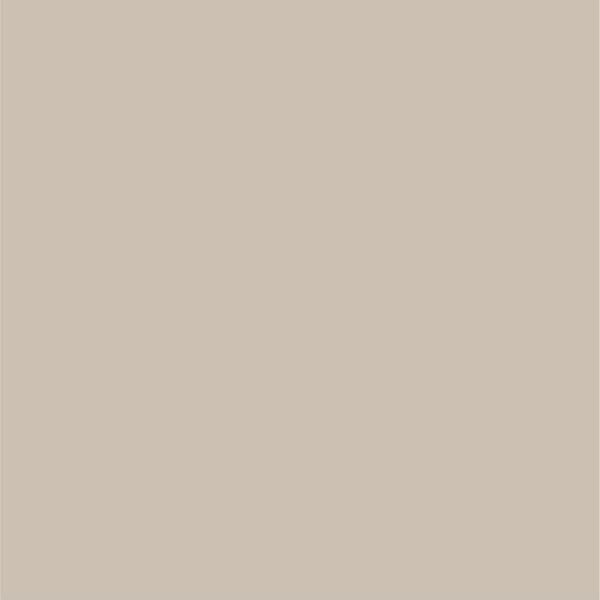
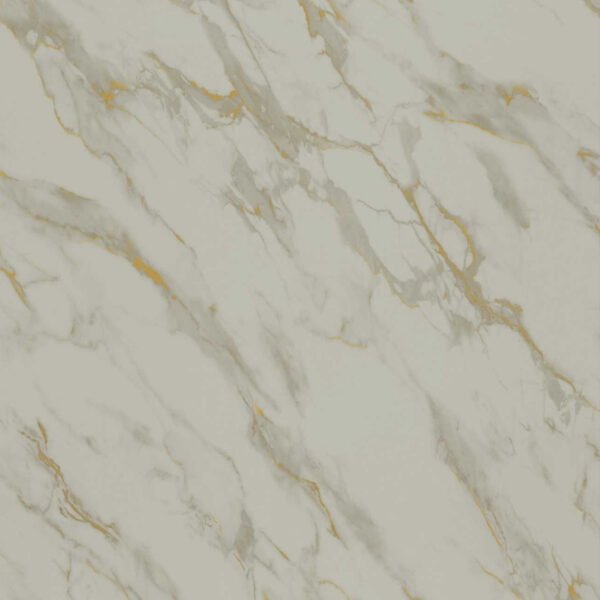
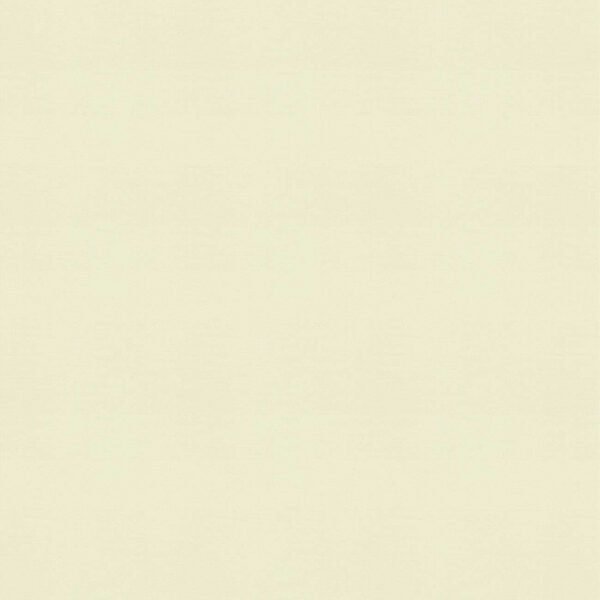
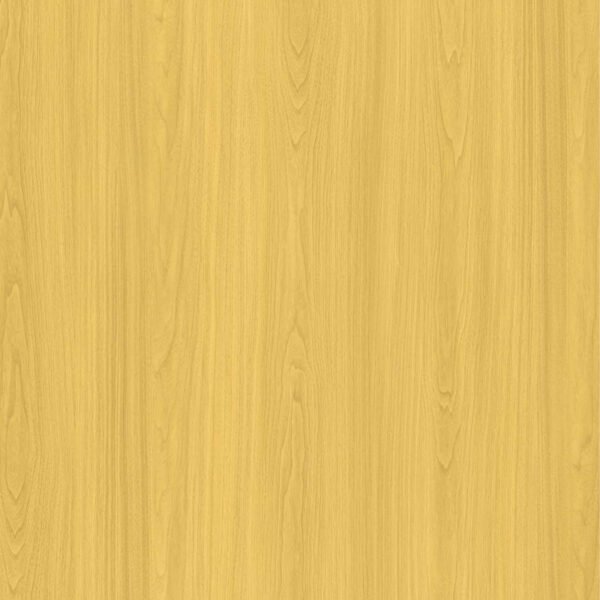


Leave a Reply